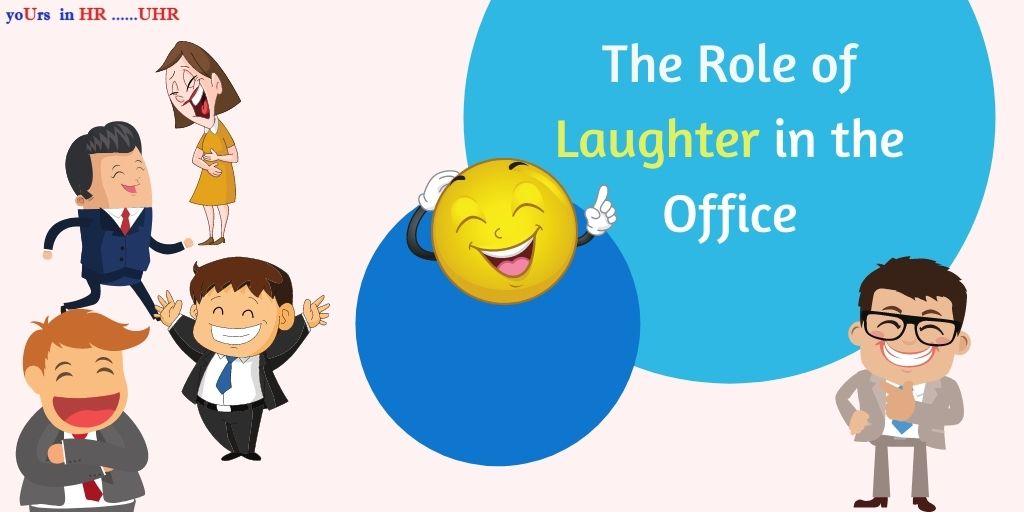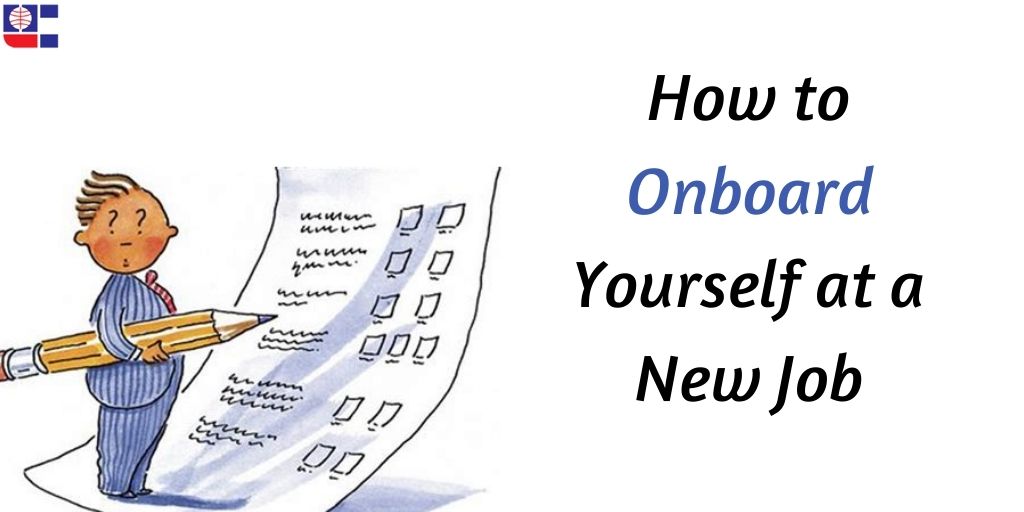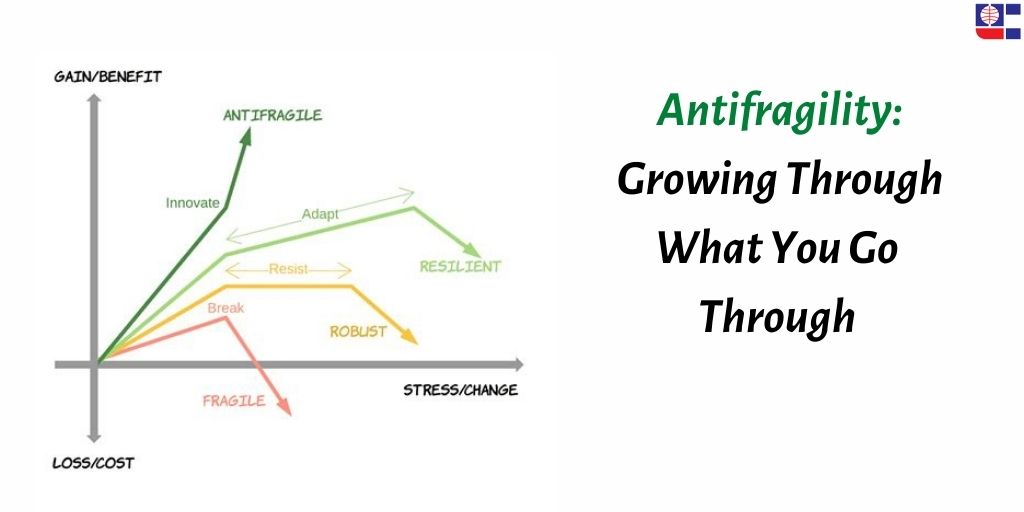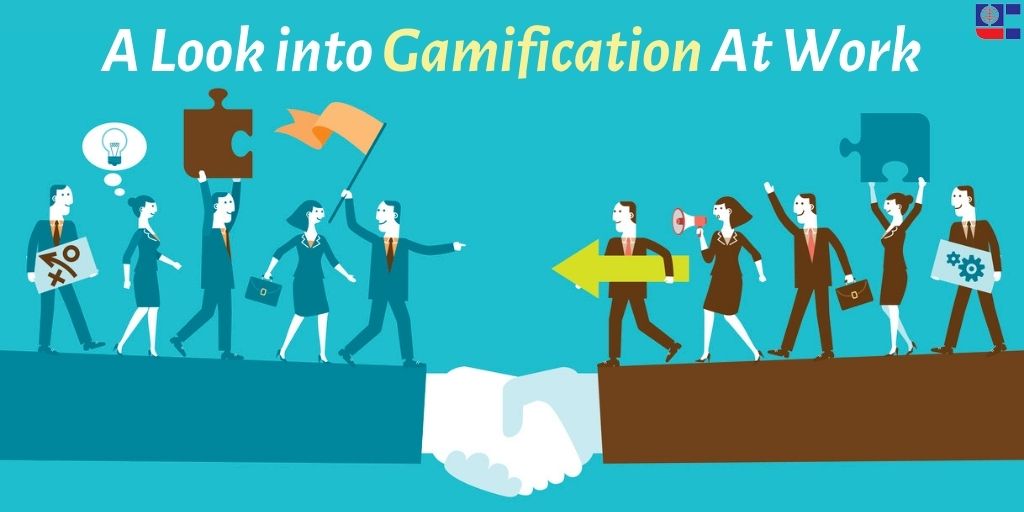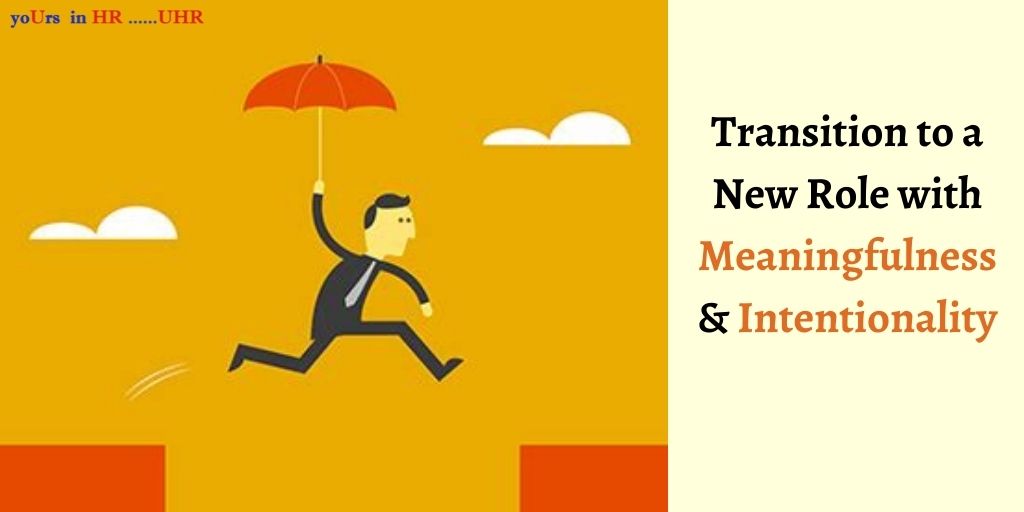
You have recently had a promotion, and your role within the company has changed, perhaps something along the lines of what we discussed in one of our earlier articles. Or maybe, you have switched companies and with the promotion comes the need to undergo a transition of roles among other such changes.
In either case, or any other similar scenario of changed gears, success needs some patience to show up. Best case scenario, the transition of roles will be trickier than you expected, and a few fumbles and trials later, and with truckloads of patience and persistence, you will find a way to succeed in the new role. Worst case scenario, you will see the entire decision as a colossal mistake, and the thrill of a new challenge will be replaced by the unpleasant realisation that this is another dead-end job and a set of never-ending challenges one is dealing with. One doesn’t have to go through the latter option while going through a transition of roles. And one can make use of the first scenario in a more meaningful and intentional manner.
Those are the key words: intentional and meaningful. While switching roles, the script is often repeated as to how one can simply apply some skills from the older role, how one can always learn on the job, how one can always find mentors, supportive colleagues to lean onto and learn from. How exactly does one do this? How does one successfully transition into a new role? It’s all about intent and meaning.
Filling in the Gaps:
Perhaps you clinched the new role because of your knowledge, skill and expertise. But it is a new role ultimately and there are bound to be gaps. A generic understanding tells us that we should be mindful about the gaps in our skillset which we carried over from our previous role. But how does one fill these gaps? With an intentionality to find the gaps in the first place, along with finding ways in which you can add value with the skills you already have. An article by Harvard Business Review gives the example of one such person:
Consider Gary, a manager in an industrial firm, who was promoted to an executive role for his knowledge of a particular product line. He was a 20-year veteran of the organization who was staying within his area of expertise, and yet he soon realized that he was out of touch with some of the terminology being used in his unit. Instead of pretending to understand, he made a list of 33 terms he’d heard but didn’t know and asked his team for help. One phrase in particular—“But is it A and K?” which meant “But is it awesome and kewl [cool]?”—opened his eyes to a new way of thinking about the production line. It was said half in jest, but it reflected very real concerns about the company’s ability to make its factories more appealing to young workers.
Gary had a vast knowledge of the product line found. Transitioning into the role of the executive, he found the gap which he needed to fill in his own thinking; here in this case it was about helping the younger employees get a better understanding of the expectations. He had started the path to fill in the gaps in his thinking. And how does one start on this path? Let us go onto the next point.
Meaningful Networking:
‘Networking’ is a word that is often thrown at us from all directions, whether one is talking about a new job, a new role, or a new workplace. An intentionality in networking is what does the trick as opposed to networking done just as small-talk, in the hopes that some reward will come out later from the interaction. While that has its own place, a more intentional networking would be something what this person did (or what someone in the previous example also did), again an example given by the Harvard Business Review article:
Consider a manager we’ll call Holly, who took on the challenge of improving workforce planning in her global professional-services firm. This was not a formal promotion, but it was an important transition. She saw that she needed to talk to helpful and passionate experts who had been thinking about the topic for a long time and weren’t afraid to float unusual ideas. Within six weeks she met with dozens of people across various groups to understand the business environment, how the groups operated, and each person’s most pressing concerns. Importantly, she ended every conversation by asking for the names of others with whom she should meet or work.
…for example, after convening members of the HR function to discuss current processes, she asked each of them to name one or two people in the business units who were well-connected, were frequently tapped for help, or seemed to make a real impact in meetings. She then met with each of those individuals to hear their perspectives on workforce needs. She quickly began to build a broad network encompassing her group, the larger HR function, and people in other business units, corporate functions, levels, and locations who might have a disproportionately positive or negative impact on her success in implementation. She set out to ensure that their impact was uniformly positive.
The point here is that this person not just engaged in networking for the sake of networking but actively sought out connections from within connections. She started to transition in her new role through a very intentional form of networking where she took active steps to ensure she made full use of her new role.
In addition to remembering the reason why we switched roles, and finding meaning in the job itself, it is also important to keep the learning process and the networking just as meaningful, mindful and intentional.


